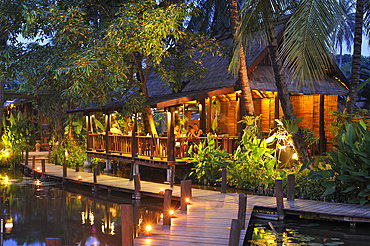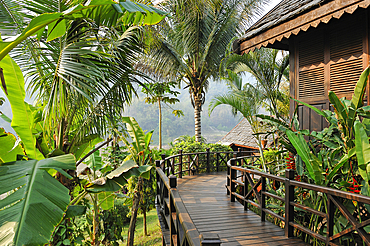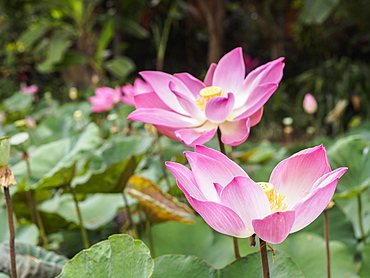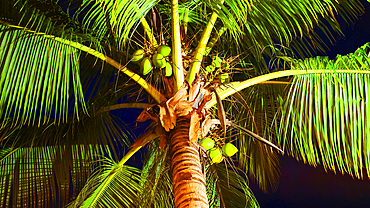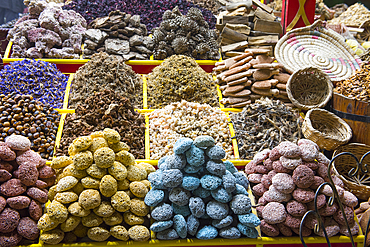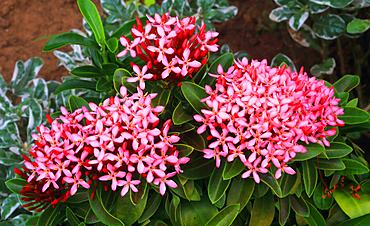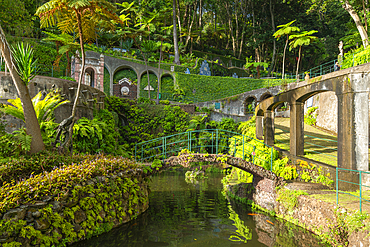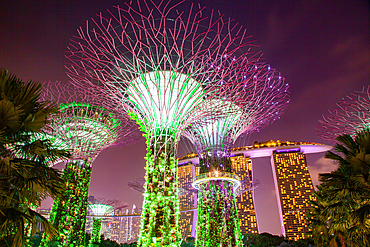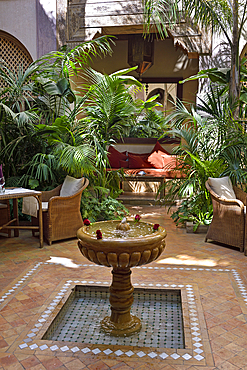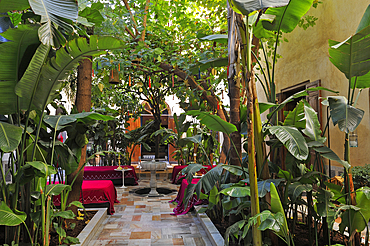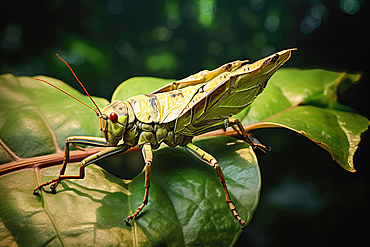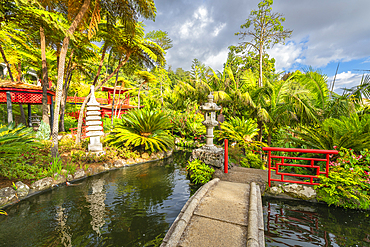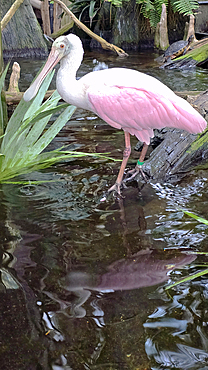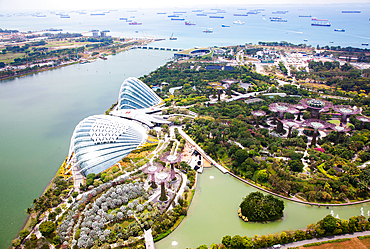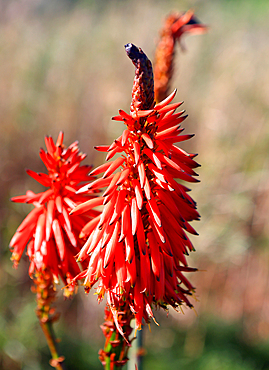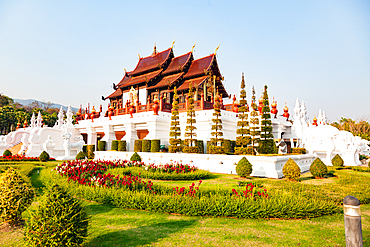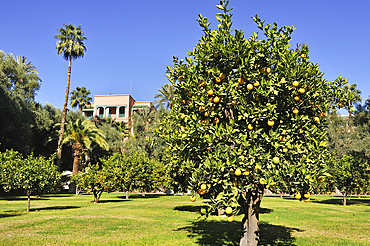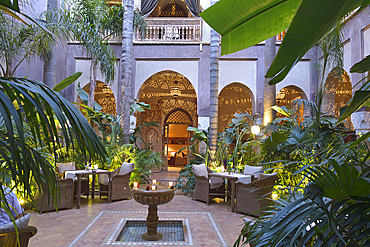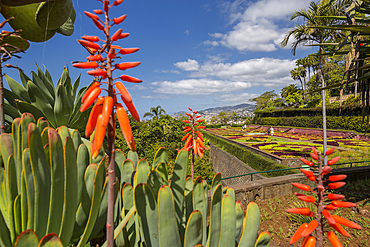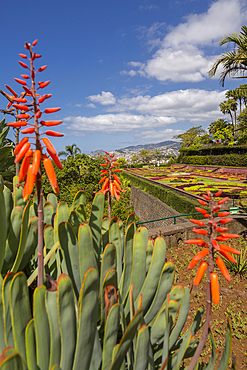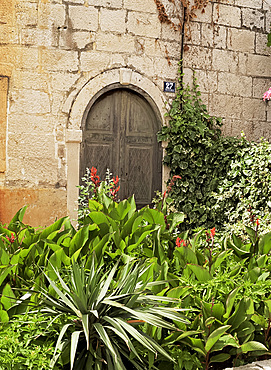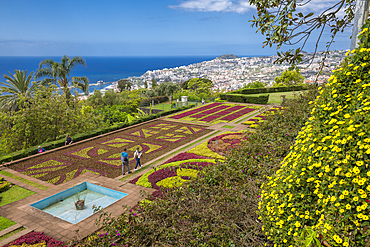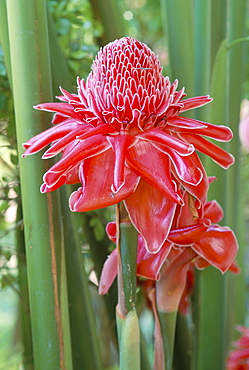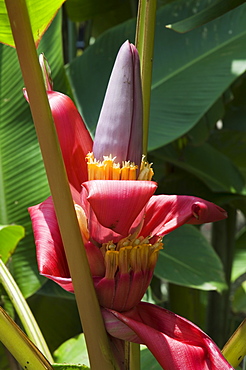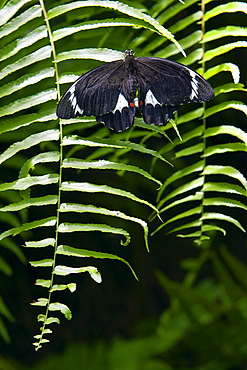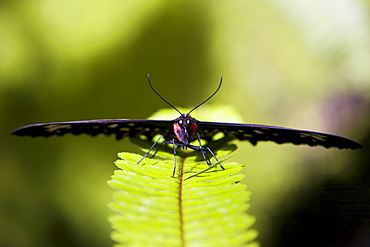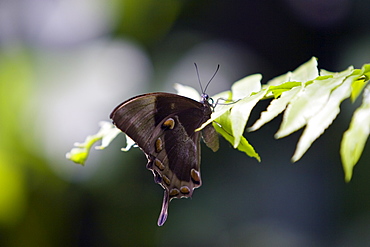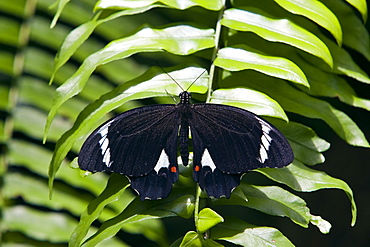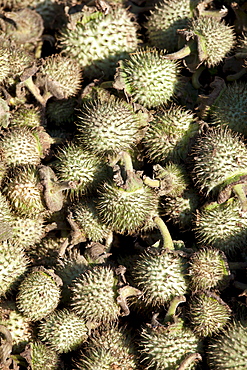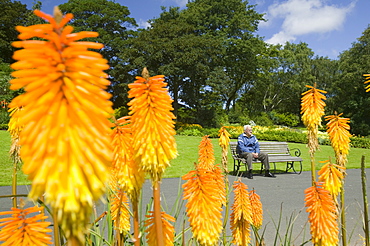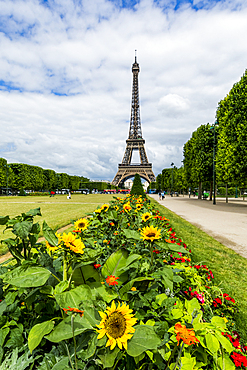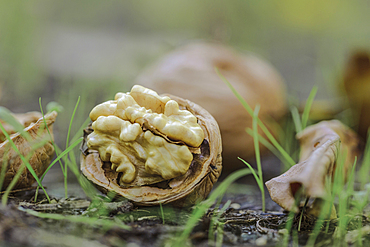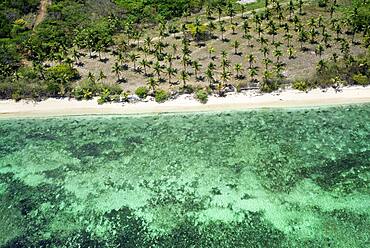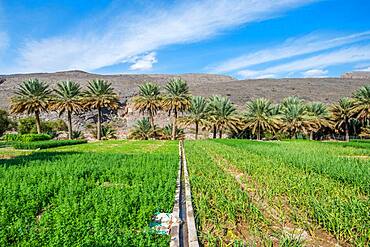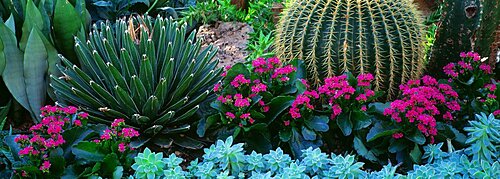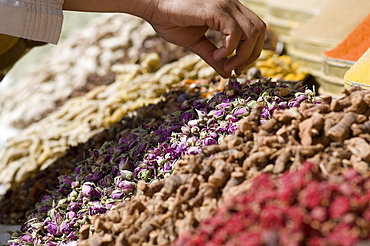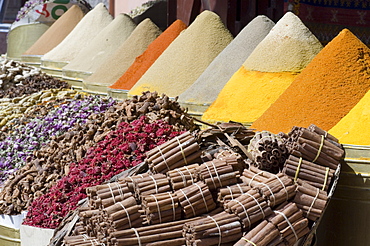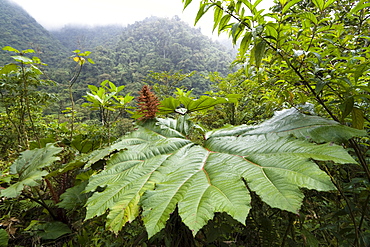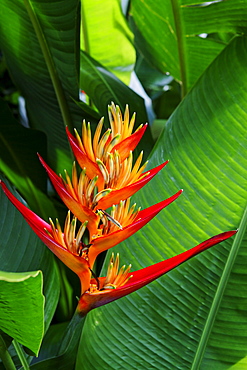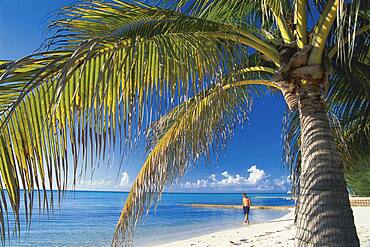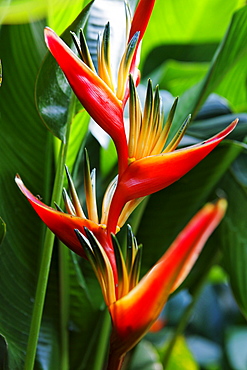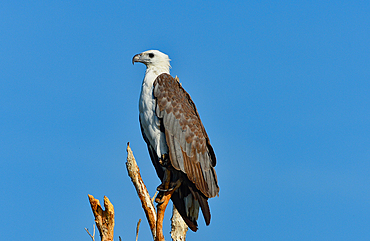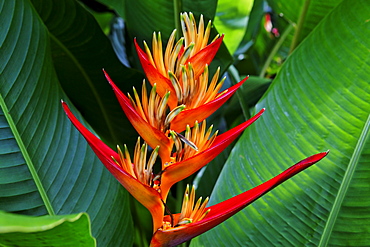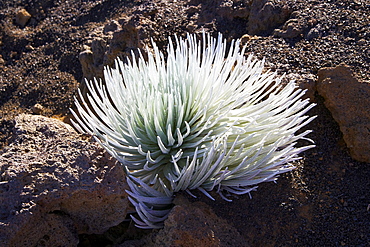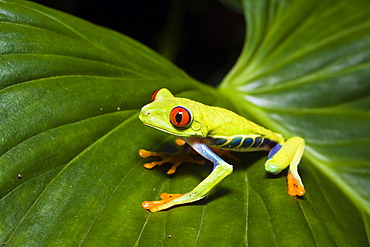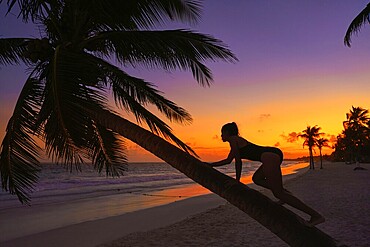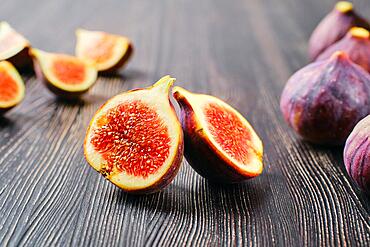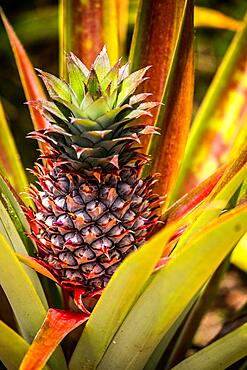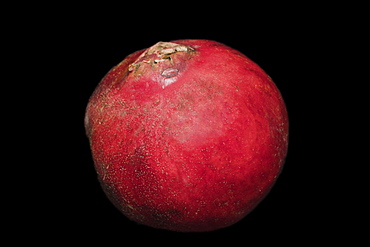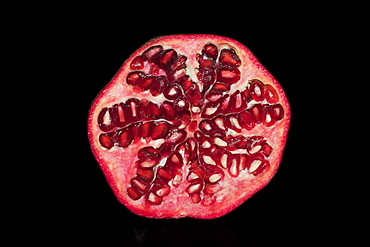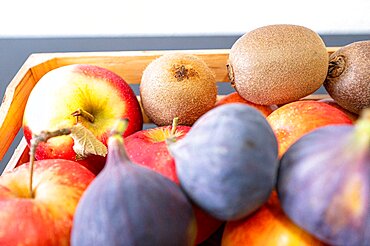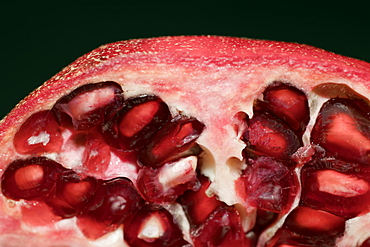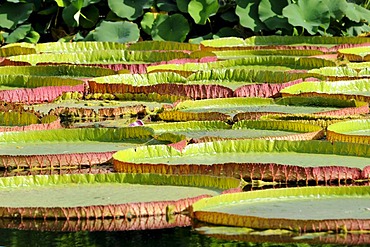Results
« Previous 1 2
150 results found
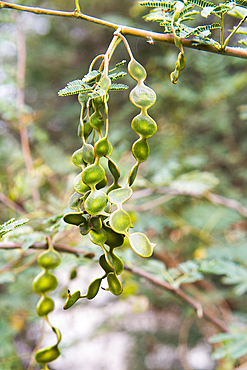
Fruits of Acacia, Botanical Garden on El Nabatat Island (Kitchener's Island), Aswan, Egypt, North Africa, Africa
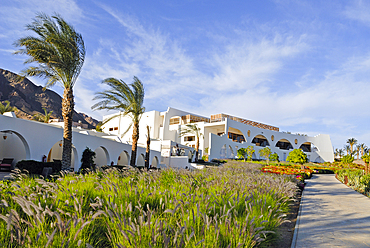
Garden of Hilton hotel at Dahab on the southeast coast of the Sinai Peninsula, Gulf of Aqaba, Egypt, North Africa, Africa
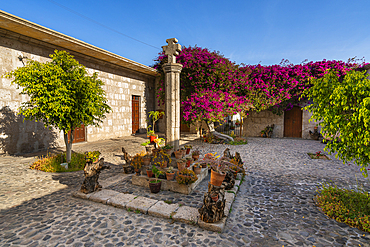
Garden at Monasterio y Museo de la Recoleta, UNESCO World Heritage Site, Arequipa, Arequipa Province, Arequipa Region, Peru, South America
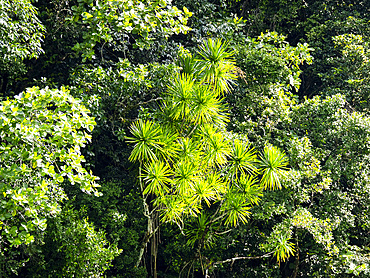
Elevated view of pandanus (screw palm) trees at a site known as the Milky Way, Palau, Micronesia, Pacific
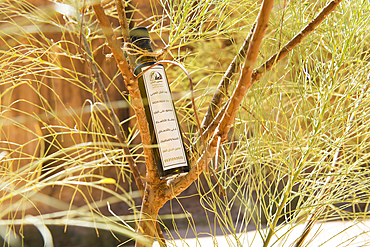
Bottle of Moringa oil in Moringa peregrina tree at Our Habitas AlUla, sustainable desert luxury resort in the Ashar Valley, Medina Province, Saudi Arabia

Red ginger (Alpinia purpurata) at the Diamond Botanical Garden, St. Lucia, Windward Islands, West Indies, Caribbean, Central America
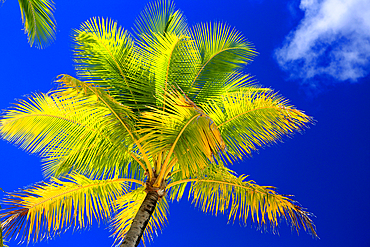
Palm tree, Le Bora Bora by Pearl Resort, Moto Tevairoa island, Bora Bora, French Polynesia, South Pacific, Pacific
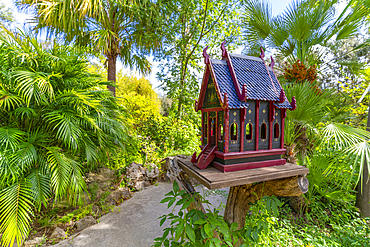
View of Sala Thai spirit house in tropical flora in Giardini la Mortella Botanical Gardens, Forio, Island of Ischia, Campania, Italy, Europe
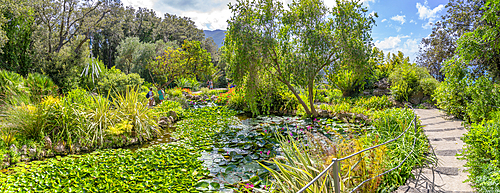
View of tropical flora in Giardini la Mortella Botanical Gardens, Forio, Island of Ischia, Campania, Italy, Europe
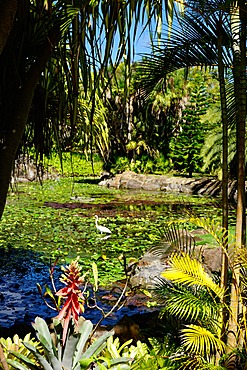
Nevis Botanical Garden, Nevis, St. Kitts and Nevis, Leeward Islands, West Indies, Caribbean, Central America
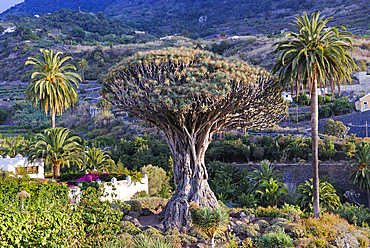
The ancient dragon tree (Dracaena draco) at Icod de Los Vinos, Tenerife, Canary Islands, Spain, Atlantic Ocean, Europe
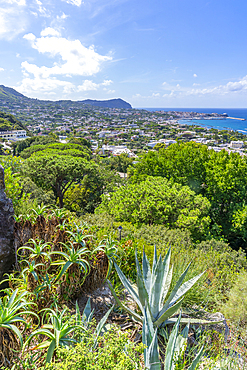
View of tropical flora in Giardini la Mortella Botanical Gardens and Forio in background, Forio, Island of Ischia, Campania, Italy, Europe
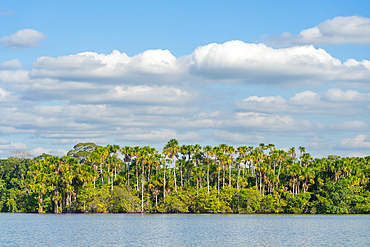
Lake Sandoval and Aguaje palms, Tambopata National Reserve, Puerto Maldonado, Madre de Dios, Peru, South America
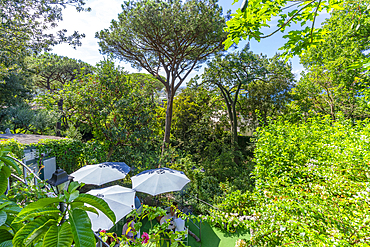
View of tearoom in Giardini la Mortella Botanical Garden, Forio, Island of Ischia, Campania, Italy, Europe
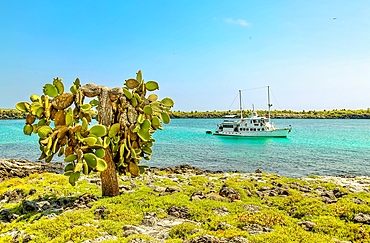
Opuntia (Prickly Pear) cacti on South Plaza island, Galapagos, UNESCO World Heritage Site, Ecuador, South America
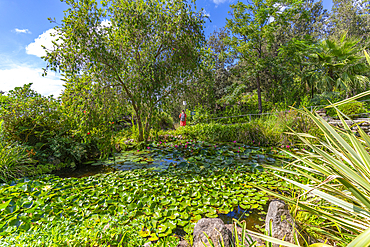
View of tropical flora in Giardini la Mortella Botanical Gardens, Forio, Island of Ischia, Campania, Italy, Europe
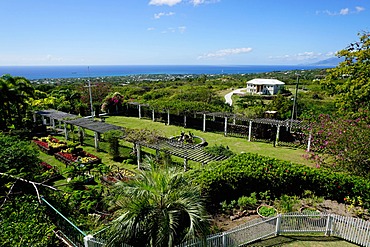
Nevis Botanical Garden, Nevis, St. Kitts and Nevis, Leeward Islands, West Indies, Caribbean, Central America
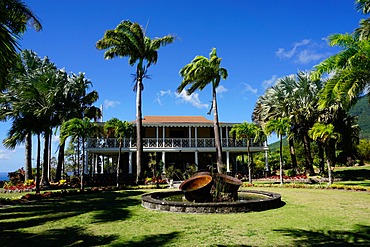
Nevis Botanical Garden, Nevis, St. Kitts and Nevis, Leeward Islands, West Indies, Caribbean, Central America
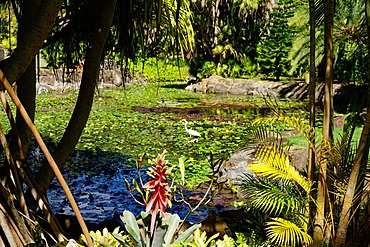
Nevis Botanical Garden, Nevis, St. Kitts and Nevis, Leeward Islands, West Indies, Caribbean, Central America
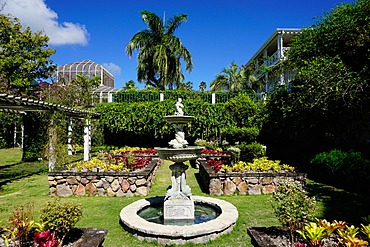
Nevis Botanical Garden, Nevis, St. Kitts and Nevis, Leeward Islands, West Indies, Caribbean, Central America

Nevis Botanical Garden, Nevis, St. Kitts and Nevis, Leeward Islands, West Indies, Caribbean, Central America

Nevis Botanical Garden, Nevis, St. Kitts and Nevis, Leeward Islands, West Indies, Caribbean, Central America
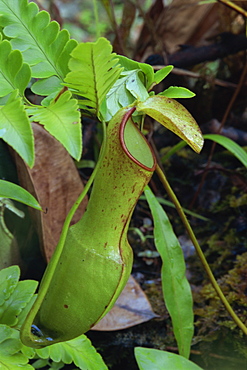
Nepenthes reinwardtiana, rare carnivorous plant in dipterocarp rainforest, Danum Valley, Sabah, Malaysia, Borneo, Southeast Asia, Asia
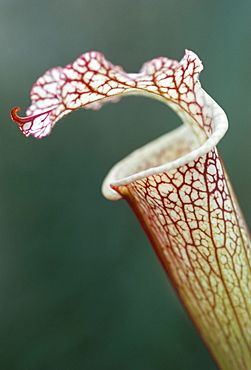
Trap of carnivorous plant, Sarracenia leucophylla, Kew Gardens, London, England, United Kingdom, Europe
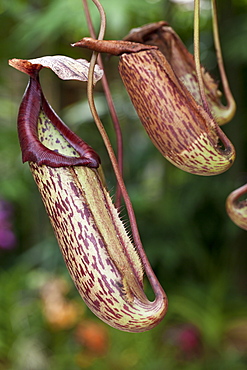
Pitcher plant (Nepenthes sp.), Kuala Lumpur Orchid Garden (Taman Orkid), Kuala Lumpur, Malaysia, Southeast Asia, Asia
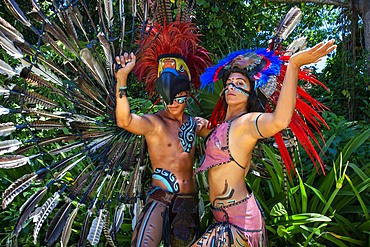
Mexican aztec dress gods at Grand Palladium White Sand Resort and Spa in Riviera Maya, Yucatan Peninsula, Quintana Roo, Caribbean Coast, Mexico.
Aztec clothing was generally loose fitting and did not completely cover the body. When the Spanish arrived in Mexico, the people were surprised to see them in their full armour, with only their faces exposed.
Aztec clothes were generally made of cotton (which was imported) or ayate fiber, made from the Maguey Cactus (also called the Century Plant or American Aloe). Women would weave the fibers into clothing, a task girls were taught as young teenagers. Because of their vast trading network, the Aztecs were able to make use of a beautiful array of dyes, creating the brilliant

Mexican aztec dress gods at Grand Palladium White Sand Resort and Spa in Riviera Maya, Yucatan Peninsula, Quintana Roo, Caribbean Coast, Mexico.
Aztec clothing was generally loose fitting and did not completely cover the body. When the Spanish arrived in Mexico, the people were surprised to see them in their full armour, with only their faces exposed.
Aztec clothes were generally made of cotton (which was imported) or ayate fiber, made from the Maguey Cactus (also called the Century Plant or American Aloe). Women would weave the fibers into clothing, a task girls were taught as young teenagers. Because of their vast trading network, the Aztecs were able to make use of a beautiful array of dyes, creating the brilliant
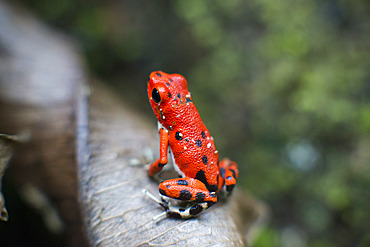
Strawberry Poison Frog (Dendrobates pumilio), adult, Bastimentos National Park, Bocas del Toro, Panama. The strawberry poison frog or strawberry poison-dart frog (Oophaga pumilio or Dendrobates pumilio) is a species of small amphibian poison dart frog found in Central America. It is common throughout its range, which extends from eastern central Nicaragua through Costa Rica and northwestern Panama. The species is often found in humid lowlands and premontane forest, but large populations are also found in disturbed areas such as plantations. The strawberry poison frog is perhaps most famous for its widespread variation in coloration, comprising approximately 15���30 color morphs, most of which are presumed to be true-breeding. O. pumilio, while not the most poisonous of the dendrobatids, is the most toxic member of its genus. The species is most diverse in Panama with varieties in vivid shades of all red, orange, blue, yellow or green, green and yellow, white with red, orange or black and spotted varieties. The most colorful mix is found in Isla Bastimentos Marine National Park though not all in one place. Colors vary by location. A beach on the north side of the island is named after the species. Two of Southern Explorations' Panama tours visit red frog habitat. Both the eight-day Panama Adventure trip and eleven-day Panama Highlights trip spend time in Isla Bastimentos Marine National Park and the former also goes to Red Frog Beach.
The red frog is not as poisonous as some of its cousins and is not a threat to humans. It subsists on a diet of ants that dine on poisonous plants, providing the red frog its protective skin toxin. Males attract females with a loud quick chirp. To hear the distinctive sound before you depart on your Panama tours, go to the University of Michigan Museum's biodiversity website (www.animaldiversity.ummz.umich.edu.) After birth, the tadpoles climb aboard the mother who deposits them in different protected areas where she retu
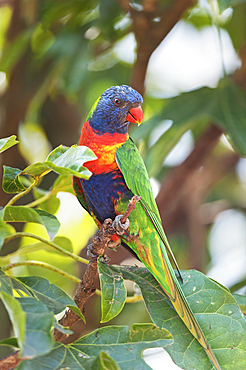
Rainbow Lorikeet (Trichoglossus haematodus) sitting on a twig, Lone Pine Koala Sanctuary, Brisbane, Queensland, Australia
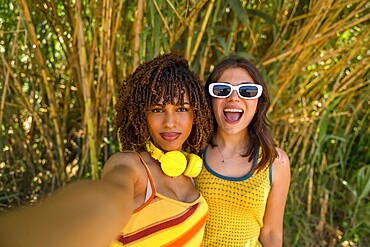
Two cheerful female friends capturing a joyful selfie while enjoying their vacation in a lush bamboo forest, surrounded by vibrant greenery
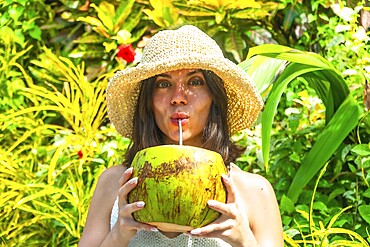
Young woman with straw hat savoring refreshing coconut water, surrounded by vibrant tropical foliage in siargao island, philippines

Healthy yogurt and fruit smoothie bowl with natural green spirulina powder and decorated with cranberries, physalis and kaki fruits and puffed quinoa grains

Fresh dragon fruit salad with strawberries, rspberries and start fruit (carambola) on cyan background
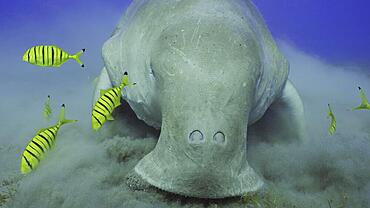
Frontal portrait of Sea Cow (Dugong dugon) or Dugong accompanied by school of Golden trevally (Gnathanodon speciosus) fish feeding Smooth ribbon seagrass, Red sea, Egypt, Africa
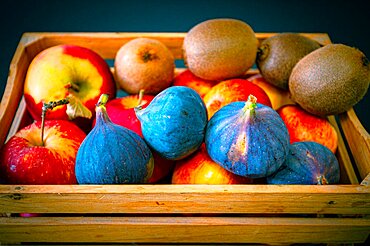
Apples, kiwi and fig in a wooden fruit basket as a healthy meal, Hanover, Lower Saxony, Germany, Europe
